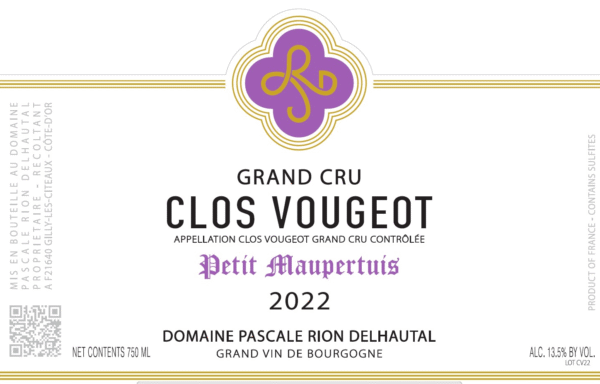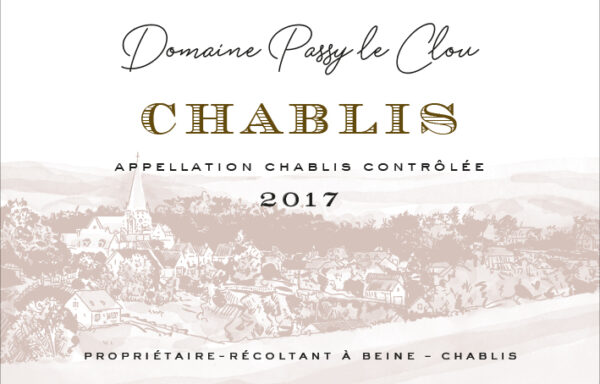
Marie Anne and Frédéric began their estate in 1993 on the outskirts of Toulouse le Château, about 15km west of Poligny. Preferring careful attention and respect for the environment, chemical treatments are always avoided and harvests are done by hand to better assess the grapes. Additionally, vineyards are plowed and certain plots are planted with grass in order to promote the health of the vines and the quality of fruit.
Wine Description
Reviews / Scores / Notes
“20 year old vines. Aged without topping 3-4 years under a yeast veil like fino sherry followed by 3 years in cooperage. The fruit fly voted for this one. Some say that spoils a wine, but I’ve never observed it. Indeed, this is the one of three Juras I haven’t tasted. And it’s the most intense in process character. Yes, fino notions, but much fuller on the nose than even an aged fino./ It’s on the palate where I can detect the lower alcohol level than the average 14% fino. The flavor set is tweaked different too. Seems a definition of its genre. Sommeliers will delight in finding food pairings. 17.8.” – David Scheer, Village Corner, Ann Arbor, MI
Savagnin, not to be confused with Sauvignon, is a thematically perfect analog for Jura’s common comparisons to both Burgundy and Alsace. Being geographically between the two, it’s climate also seems to be a bit of a goldilocks version of them. Added to this that Savagnin is nearly identical to the Traminer grape of Austria, but its genome mutated as it crossed the Alps.
The smallest wine growing region of France, the Jura lends its name to the Jurassic period, not because it is littered with ancient fossils and preserved dinosaur tracks, but for its geological developments of limestone mountains and marl deposits that formed 145-200 million years ago. While the mountains along the eastern edge of this narrow north-south winegrowing region are quite high, most of the growing is reserved to the lower valleys in the west, averaging at an altitude of 300m. Although very similar in climate to Burgundy and Alsace, Jura experiences much colder, riskier winters, and longer growing seasons. Because of this, ripeness levels of fruit is a always a key consideration for these winegrowers, and often a distinct feature incorporated into these regionally characteristic wines. As such, vines are oriented on south-facing slopes to take full advantage of the days’ sunshine.
Size: 750ml
Appellation: Côtes du Jura
Soil Type: Clay-Limestone and Bleue Marls
Varieties: 100% Savagnin
Sulphur Total: 23mg/L
Age of Vines: 20 years
Farming: Sustainable, practicing organic
Alcohol: 13.5%
Maturation: Pas Ouillé, no topping up, 3-4 years under “voile”
Aging Details: 3 Years French Oak


